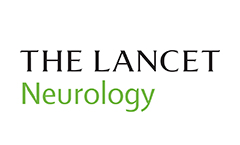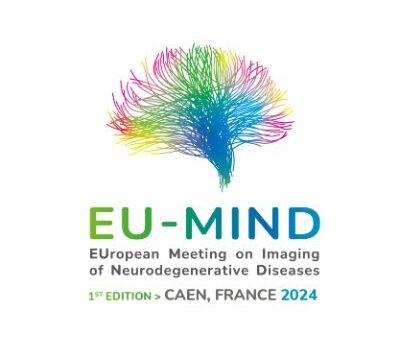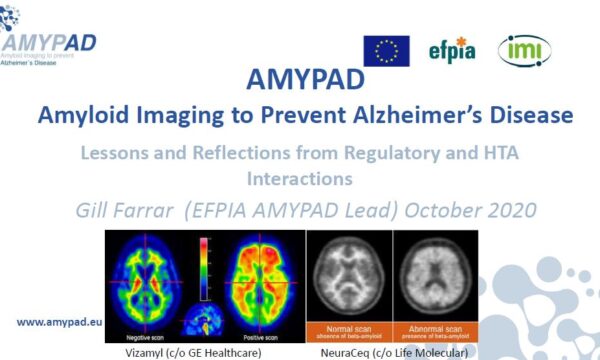On 8 and 9 October, the “Amyloid imaging to Prevent Alzheimer’s disease” (AMYPAD) consortium held its annual General Assembly as a virtual meeting. We were delighted that the event brought together AMYPAD delegates to report on the progress of the project, to exchange ideas and discuss future activities.
Frederik Barkhof and Gill Farrar, coordinators of the AMYPAD project, kicked off the General Assembly by welcoming over 100 attendees (exceeding any of our past General Assembly meetings). Following on from the introductory session, the two first sessions were held on the clinical aspects of AMYPAD. A status report was given, emphasising that work is continuing in spite of the measures for COVID-19.
The Diagnostic and Patient Management Study (DPMS) has currently reached 819 participants and over 600 amyloid PET scans were performed, since the study was initiated in April 2018. Despite the COVID-19 impact, the DPMS reached over 800 patients by extending the recruitment after June 30th. The target sample size has been reached and exceeded (n=341) for people with mild cognitive impairment (MCI), but not yet for those with subjective cognitive decline SCD+ (n=233) and dementia (n=245). After that, a session was dedicated to the Prognostic and Natural History Study (PNHS). The study comprises collaboration among sites and parent cohorts in several countries across Europe. Currently there are six active cohorts (i.e. EPAD LCS, EMIF-AD, ALFA+, FACEHBI, FPACK, UCL) recruiting participants into AMYPAD PNHS. In 2019, as new sites joined the study, we saw a rapid increase in recruitment. However, this recruitment got stagnated since March 2020 when the EPAD LCS (prematurely) closed and the COVID-19 pandemic hit Europe. 652 research participants have currently been recruited of which 466 have been scanned. Our research has not stopped because of the global pandemic. Analysis of the data acquired in both studies has started and preliminary results were presented for both clinical studies.
There was also a presentation on the publication strategy and the data access. Following on from this presentation, a roundtable discussion was held on the sustainability of the AMYPAD project. Different approaches on sustainability might be taken and collaborations with related initiatives are being explored. This session sparked some interesting discussions and a set of main assets have been identified, with the desired outcomes. Then, the screen was given in turn to Elisabetta Vaudano (IMI) who gave a feedback on the AMYPAD progress and presented the IMI strategic research agenda and the future IMI plans. Finally, updates were provided on the management and financials.
On the second day, the AMYPAD consortium gathered for a scientific exchange and discussion. The WP2 “Tracer delivery, PET scanning and image analysis” is led by Juan Domingo Gispert (BarcelonaBeta Brain Research Center) and Chris Buckley (GE Healthcare). They both explained that WP2 has created a task force: Centiloid Working Group. The team received the data from Dr. Seo’s group and with this data, they are studying the tracer comparability on the same subjects using the Centiloid units, aiming to understand the limitations of the Centiloid approach and the way to improve it. Main findings and ongoing analyses were presented. Next, the floor was given to seven AMYPAD researchers to showcase their respective work in disease modeling. It was a great opportunity to get input from delegates. Gill Farrar and Frederik Barkhof then drew the meeting to a close, thanking all the participants for their active contribution to the meeting.
Due to the coronavirus pandemic situation, like so many other events, AMYPAD opted to hold the meeting in an online format. It was an invigorating General Assembly meeting to review the progress made so far, plan for the last year of the project and discuss the future of AMYPAD. The meeting was a success, but we hope that the next General Assembly will be a face-to-face meeting.




